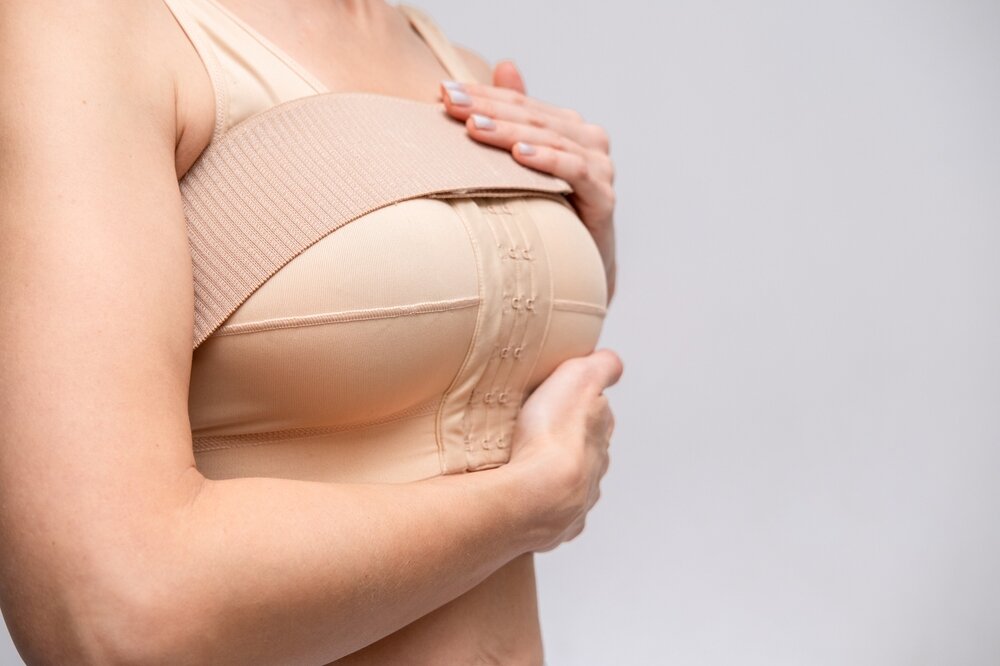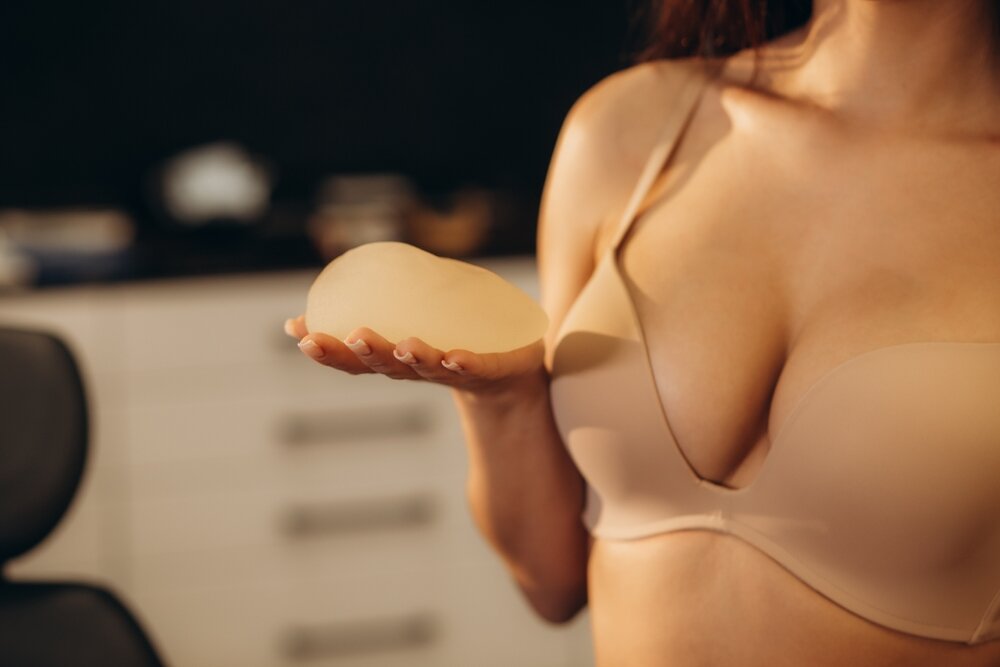
Breast augmentation refers to the process of changing the shape and size of the breast. That can be done in a few ways, including through a fat transfer breast augmentation, which takes fat from another area of the body to add to existing breast tissue, or the use of breast implants. When considering fat transfer vs implants, there is no one method that is better than the other. Rather, it’s about selecting the right service for your needs.
ICLS Clinic is an expert provider in both methods of breast augmentation. Dr. Julie Khanna is recognized for her work in breast augmentation throughout the region, including her compassionate and supportive care throughout the decision-making and treatment process.
What Is Breast Fat Transfer?
In a fat transfer process, your doctor will use liposuction to extract fat cells from another area of your body. Often called fat grafting breast augmentation, this process is very safe because you are using your body’s own fat cells.
Once removed from one area, the purified fat is then injected into the breasts. It is placed into the breast tissue in a way that creates a natural, healthy, and desired result. You can see small to mid-size improvements in size using this method. This fat transfer procedure is very safe and effective, making it an ideal choice for those who want limited breast volume.
There are several reasons why this method can be desirable:
- It does not require breast implants or foreign materials to be placed into your body
- There is very little scarring, and what scarring occurs is hard to see
- Many women prefer this method because it creates more natural results
What Are Breast Implants?

Breast implants come in several forms: silicone gel, saline, and cohesive gel implants. These are packets that contain a fluid-like consistency that is made to look like traditional breast tissue. The breast implant is placed into the chest cavity, under or over the muscle, depending on the desired look and result.
There are several key benefits to the use of breast implants for breast augmentation:
- Unlike fat grafting, breast implant size and shape are more customizable and predictable.
- For breast reconstruction, when there is the need to rebuild breast tissue after breast cancer treatment, for example, the use of implants creates a more noticeable improvement.
- Incision options are numerous, often placed under the breast or in the nipple, making them harder to see.
Fat Transfer vs. Breast Implants: A Detailed Comparison
To determine the right breast augmentation procedure for you, take a closer look at a comparison of fat transfer vs breast implant.
Natural Look and Feel
The fat transfer process creates softer, more natural results. The fat transfer feels like natural breast tissue in every way. By comparison, breast implants can have a very specific breast shape that’s hard to create with fat transfer, and they have a much more dramatic enhancement of your body shape.
Procedure and Recovery
With fat transfer breast augmentation, the process includes liposuction to harvest fat from another area of the body, followed by fat grafting, where those fat cells are injected into the breast tissue. While the procedure doesn’t require implants or large incisions to the breast itself, recovery does include healing from the liposuction. This can result in more bruising and swelling in the donor area.
Implants offer more dramatic enhancement but require a surgical procedure, which involves incisions and a longer overall downtime during the healing process.
Longevity and Maintenance
Fat transfer: Over time, some of the transferred fat may be naturally reabsorbed by your body, reducing breast volume. Because of this, additional procedures or touch-ups might be needed to sustain your results.
Breast implants: Although implants offer long-lasting results, they aren’t lifetime solutions. Most implants last 10–20 years, but eventually, you may require replacement or maintenance procedures due to normal wear, rupture, or aesthetic changes. Regular follow-ups are important to monitor implant integrity.
Risks and Complications
All procedures carry some risk. The fat transfer risks include:
- Fat reabsorption of the breast fat transfer requiring touch-ups later
- Asymmetry, which means one breast is a bit differently shaped than another (a skilled provider minimizes these risks)
- Need for multiple sessions is possible with fat transfer procedures.
Implants carry some risks, including:
- Capsular contracture, which could mean that you need a revision
- Rupture of the implant requiring repairs
- Replacement needed over time.
Cost Comparison
Fat transfer tends to be more expensive upfront than breast implants, since it involves liposuction in addition to the transfer itself. Breast implants often have a lower initial cost, but can incur extra expenses over time, such as implant replacements or revisions.
Who Is the Best Candidate for Each Option?
Anyone considering increased breast volume combined with body contouring can explore both fat transfer and implants. However, it’s essential to consult with your surgeon, who will ultimately determine the best procedure based on your anatomy, goals, and overall health.
Fat transfer is ideal if you’re looking for a natural appearance with a moderate volume increase. It’s particularly beneficial if you have enough excess fat for harvesting via liposuction, allowing for simultaneous body contouring.
Breast implants are more suitable if your goal is a larger, more noticeable increase in breast size, or if you prefer a defined breast shape. They’re also recommended if you have minimal body fat available for fat transfer.
Choosing the Right Option for You: Breast Implants vs Fat Transfer
Breast fat transfer vs implants is a big decision to make. You should not make that decision without first consulting with a qualified plastic surgeon such as Dr. Julie Khanna. With a full review of your body shape, your goals, and your overall expectations, you can then make a better decision about which solution is best for your needs.
Book a Consultation at ICLS Clinic to discuss your options!
Frequently Asked Questions
Q: Can I achieve the same breast size with fat transfer as with implants?
A: Fat transfer is best for subtle enhancements (up to one cup size), while implants offer more dramatic results.
Q: Is fat transfer safer than implants?
A: Both procedures are safe when performed by an expert, but fat transfer avoids implant-related risks like rupture.
Q: How long does fat transfer last?
A: Some fat gets reabsorbed, but results can be long-lasting with a stable weight.
Q: Do breast implants need to be replaced?
A: Yes, implants typically last 10-15 years, and some patients opt for revision surgery.
Q: How much does each procedure cost?
A: Fat transfer tends to be more expensive due to liposuction costs, while implants generally have a lower initial price but potential future replacement costs.
Q: Can I combine fat transfer with breast implants?
A: Yes! Hybrid breast augmentation combines both techniques for a more natural look with added volume.
